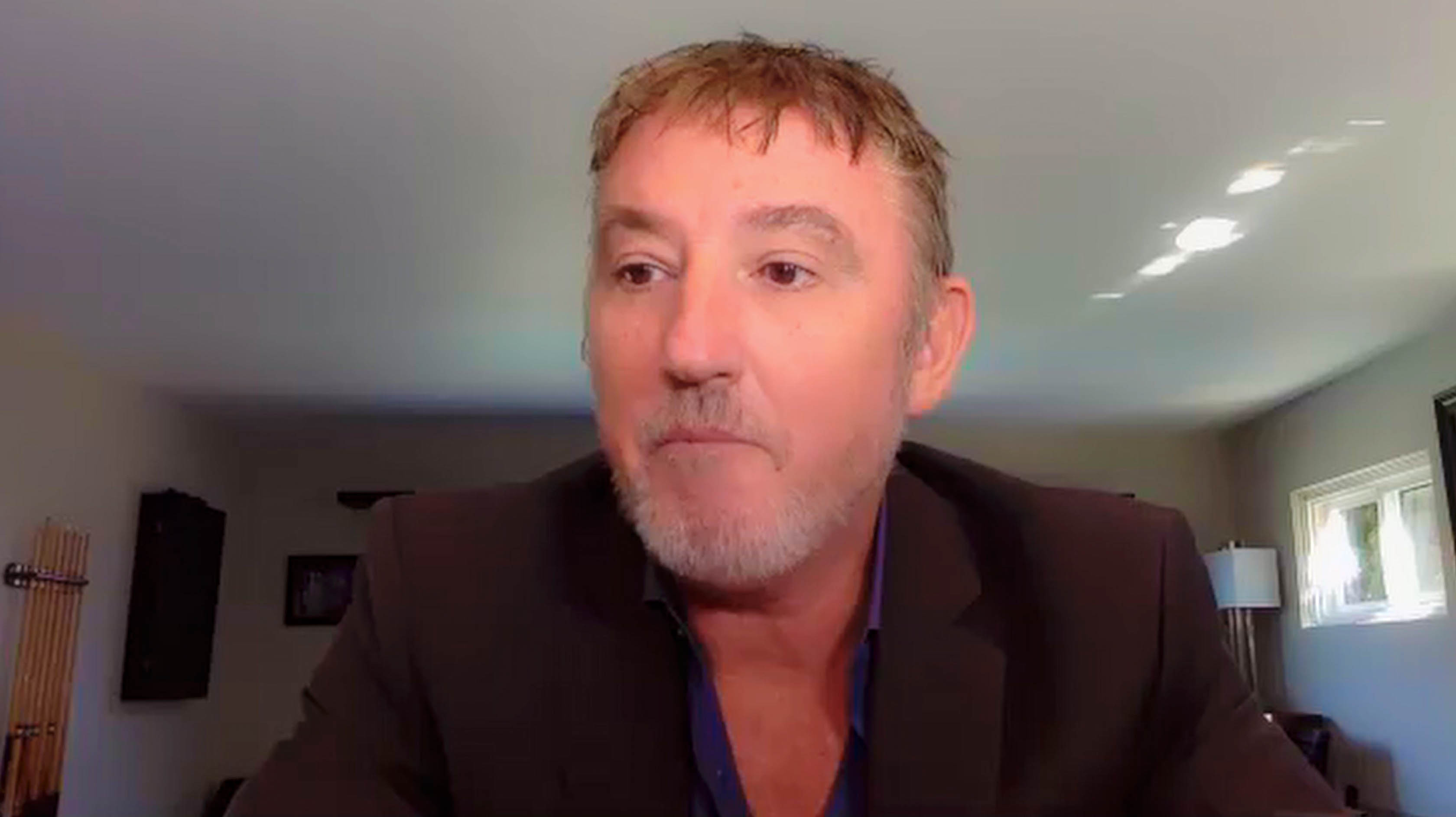
Customer Focus
Former Chief Marketing Officer at Bacardi & Walgreens Boots Alliance
inpractise.com/articles/bacardi-understanding-customer
Why is this interview interesting?
- How to build customer personas and get into detail on the consumer psychology around your product
Andy Gibson
Former Chief Marketing Officer at Bacardi & Walgreens Boots Alliance
Interview Transcript
Taking the first principle then, understanding your consumer. How granular do you get with that?
Very granular. In fact, I believe you should name them. I believe you should give them a name that you can relate to. Demographics are important, but demographics are like the ticket to the dance; they are base level. That will help you in things like media buying, for instance. But that’s about where it ends. What you need to get into is the psychographics of your consumer. What’s important to them, in life? What’s their structure in life? What’s their friend, family, social set up? What are their hopes, their dreams? What do they watch? When I say watch, I don’t just want Netflix; I actually want, which box sets do they get into? Which box sets do they actually talk about to their friends and binge on? When it comes to devices that they use their mobile phone; I want to know which apps are they using and for what purposes. If it’s a 45-year-old female, is she using mumsnet as a network, for instance, to find life hacks, to actually make her life much easier? I want to know what their values are in life. What’s important to them, from a values perspective? Is it honesty, is it integrity? Is it, actually, trust? Is it friendship? Is it family? I want to know, in detail, what those values are. Then I want to know what their unmet needs and motivations in life are. What are their dreams, their aspirations? What is it they hope to be? What is it that they are continually striving for?
That’s as a human. Then the next part of understanding your consumer is, their relationship to the category. When do they use it? Why do they use it? Where do they use it? What are they using, in the category? What are the competitive brands that they’re using? When we pull that picture together – I call that the 5 Ws, the What, Where, When, Why, Who – when we pull that together, we’ve got this rich picture of our consumer.
The first part that I explained, about them as humans, that’s where we position our brands. We position our brands against them, as people. Then when I talk about the second part of that, the what, where, when, why, who, that’s all about execution. Where do I now go, to find those consumers? How do I execute in a place that they’re in? How do I intercept them, on their journey to purchase? My answer is, as much rich detail as you can possibly get. You should know these people like they are a family member.
Copyright Notice
This document may not be reproduced, distributed, or transmitted in any form or by any means including resale of any part, unauthorised distribution to a third party or other electronic methods, without the prior written permission of IP 1 Ltd.
IP 1 Ltd, trading as In Practise (herein referred to as "IP") is a company registered in England and Wales and is not a registered investment advisor or broker-dealer, and is not licensed nor qualified to provide investment advice.
In Practise reserves all copyright, intellectual and other property rights in the Content. The information published in this transcript (“Content”) is for information purposes only and should not be used as the sole basis for making any investment decision. Information provided by IP is to be used as an educational tool and nothing in this Content shall be construed as an offer, recommendation or solicitation regarding any financial product, service or management of investments or securities.
© 2025 IP 1 Ltd. All rights reserved.


